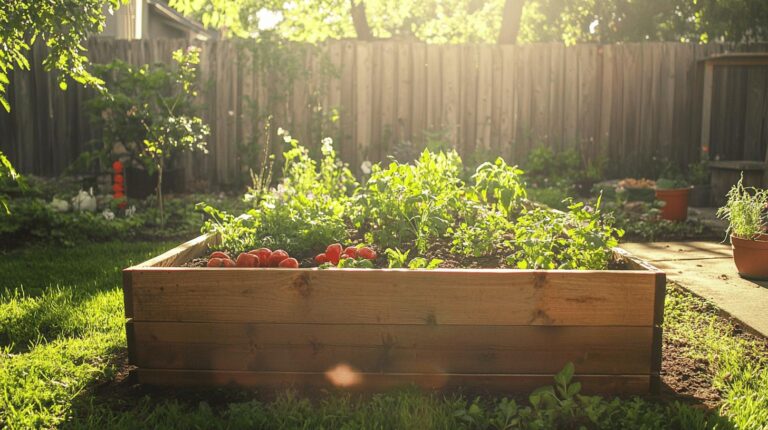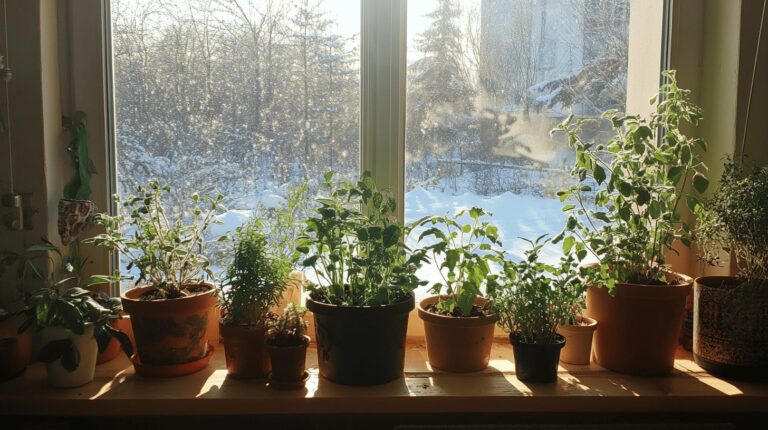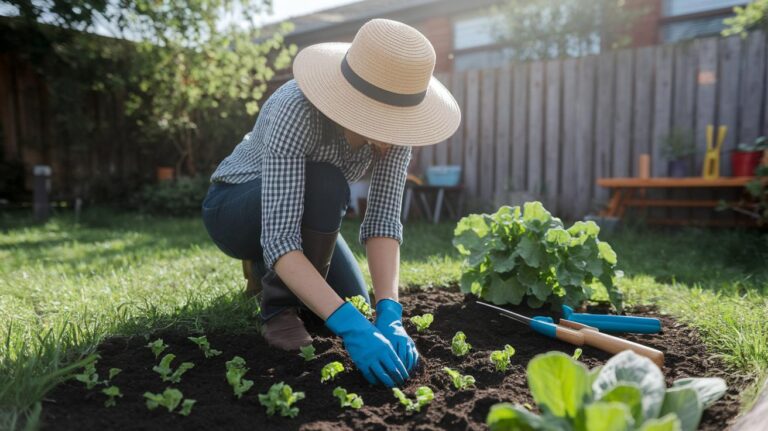5 Proven Tips to Grow Colorful Gerbera Daisies in Containers
As spring air warms across the country, gerbera daisies begin appearing on nursery benches and grocery racks in a spectrum of hues. Their broad, symmetrical rays span from pale blush through sunny yellow to deep red, creating bouquets that capture attention with clear, cheerful color. Home gardeners admire those greenhouse-grown specimens for their lush foliage and robust stems, eager to keep the vibrant blooms thriving beyond the store shelf.
Cultivating these perennials and annuals in containers offers gardeners the chance to fine-tune conditions that are otherwise tough to match outdoors. Portable pots grant control over soil moisture, temperature swings, and light exposure. Gardening expert Katherine Rowe notes that moving containers to guard against frost or shield blooms from midday heat can make the difference between fleeting blossoms and a full season of joyful flowers.
Gerbera jamesonii hails from South Africa, where mild winters rarely dip below freezing and summer days remain comfortably cool. In its native habitat, this species enjoys bright sun and moderate humidity. That balance of temperate conditions is challenging in many regions, especially those with scorching summers or harsh winters, but careful container culture can help replicate the environment gerberas need to flourish.
Choosing the right container starts with size: at least 12 inches deep and two inches wider in diameter than the nursery pot to accommodate abundant root growth. Gardeners blending gerberas with other annuals or perennials may prefer an even larger vessel to maintain airflow. Ensure ample drainage holes so excess water exits freely. Unglazed clay containers breathe better around roots but dry out faster than plastic or resin pots.
An organically rich, well-draining potting medium provides the foundation for healthy gerbera culture. Look for a commercial mix crafted for containers; these blends often include peat or coir for moisture retention and sterile base ingredients that resist disease. To boost drainage and aeration, stir in perlite or coarse sand at a rate of roughly 10 percent by volume. That extra porosity prevents waterlogging around the crown.
Temperature control ranks among the trickiest parts of gerbera care. These daisies thrive between 60°F and 70°F (16°C to 21°C) but cannot endure extended exposure outside that window. Brief dips to low 30s (-1°C) may be tolerated without severe damage, yet prolonged freezes will prove fatal. On the other end of the dial, sustained midday highs above 85°F (29°C) can stress foliage and stunt flowering.
In warmer zones, it is often summertime heat rather than frost that shortens gerbera seasons. Plants started in early spring may yellow and collapse as temperatures soar. Container culture helps sidestep extreme heat by letting gardeners shift pots into shaded nooks when afternoon sun grows intense. Cooler nights and a touch of morning brightness keep the daisies looking fresh until the first chill of autumn.
Mobility is one of container growing’s biggest advantages. A potted gerbera can travel to sunny spots on cooler days and retreat into protected corners when frost threatens. Indoors, daisies may spend cooler months on bright enclosed porches, sunrooms, or even near an east-facing window that offers indirect light. This flexibility supports year-round cultivation in climates outside USDA zones 8 through 11.
Gerberas are sensitive to heat extremes yet still require six hours or more of sunlight daily for peak performance. Position pots to capture generous morning rays, then ease exposure during the harshest afternoon light. In hot climates, dappled shade or nearby lath structures can protect petals and foliage from scorching. Overhead shade cloth rated at 30 to 50 percent can also filter midday beams without depriving plants of essential illumination.
When transplanting from a store container to its new home, set the crown slightly above the soil line in the fresh mix. Planting at or just above the original depth prevents moisture from collecting around the crown, which can lead to rot. Allow for some settling by positioning the crown about half an inch high. That elevated placement encourages airflow at the stem–soil interface.
Air movement around leaves and stems is vital for plant health and disease prevention. Whether arranging gerberas solo or in mixed containers, leave a two- to three-inch gap around each crown. Trim any surrounding foliage that presses against daisy leaves. Position pots with at least six inches between walls, benches, or other planters to maximize ventilation and reduce humidity pockets where fungal spores might develop.
A consistent moisture regimen keeps gerberas productive without drowning their roots. Check the potting mix by inserting a finger an inch or two below the surface; water thoroughly when that layer feels dry. Aim for a deep soak every seven to ten days, depending on weather and pot material. Let water drain freely; collector saucers should be emptied promptly to avoid maintaining soggy conditions beneath the soil ball.
Overly wet roots can spell disaster. Chronic waterlogging leads to crown and root rot caused by pathogens that thrive in moist soils. If wilting occurs even when the media remains damp, allow the pot to dry and examine the root ball. Healthy roots appear firm and white. Should rot be present, trim away affected tissue, replace the soil, and adjust future irrigation to err on the side of dryness.
Preventing leaf wetness during routine watering helps stall fungal issues such as powdery mildew, anthracnose, and botrytis. Direct water into the soil ring, avoiding splashes on foliage and petals. An occasional gentle rinse with a spray bottle removes dust and discourages pests, but overhead misting should be rare. Scheduling irrigation for early morning gives leaves time to dry before temperatures drop overnight.
Regular feeding sustains branching blooms and vigorous growth. Use a liquid feed formulated for flowering container plants at half strength every two weeks or apply a slow-release granule in spring at manufacturer rates. Resume granular feeding if manufacturers recommend multiple applications over three to four months. Cut back on fertilizers as summer heat peaks to avoid forcing tender new shoots into stressful conditions.
If you notice interveinal yellowing, an iron or manganese shortage could be to blame. Look for fertilizers that include chelated forms of these micronutrients to correct deficiencies without disturbing soil pH. Repeat feedings at label intervals until foliage regains its deep green tone. Keeping media slightly acidic, in the 5.5 to 6.5 pH range, supports micronutrient uptake by gerbera roots.
Routine beauty work keeps the display tidy and blooming. Pinch away spent flowers at the base of the stem to channel energy into fresh buds rather than seed production. Clip off any yellow or damaged leaves before they become havens for disease. A weekly inspection during peak season saves time and helps catch pests or health issues before they spread.
Gerbera roots grow rapidly, and pot-bound plants will slow or stop producing blooms. Plan to refresh containers each spring, either by shifting into a slightly larger pot or by trimming roots and replacing the potting mix. Bulging root clusters pushing through drainage holes, flagging foliage, and a decline in flowering signal that it’s time for fresh soil and more space.
To overwinter potted gerberas in cooler regions, move them indoors or into a cold frame before nighttime lows hit the low 40s°F (4°C). Pick a site that remains around 45°F to 50°F (7°C to 10°C) with bright indirect light. Water sparingly to keep roots lightly moist without saturation. Stop feeding entirely, allowing plants to rest until spring temperatures rise.
After the final frost thaws, gradually bring gerberas outdoors to acclimate them to harsher light and temperature swings. Begin by placing containers in a protected, shady spot for several days, then shift to morning sun with afternoon shade. Resume your regular watering and feeding schedule once daytime highs consistently reach the 50s°F (10°C). Soon, strong new growth and fresh blooms will follow.
Routine pest checks are part of successful gerbera culture. Aphids, thrips, and spider mites can graze on young growth or feed on flower buds. Inspect undersides of leaves weekly. If infestations appear, apply insecticidal soap or neem-based products according to label directions. For heavy pressure, introduce beneficial insects such as ladybugs. Remove and dispose of heavily damaged foliage to reduce stress on the plant.
Maintaining clean containers and tools avoids carryover of soil-borne diseases. At season’s end, discard old potting mix, scrub pots with a diluted bleach solution, and rinse thoroughly before reuse. Sterilize pruning shears between cuts to avoid spreading pathogens. A fresh start each year lowers the risk of root rot and foliar issues, giving gerbera daisies a healthy environment from day one.
Gerbera cultivars vary in bloom shape, size, and color intensity. Classics like 'Taishō' and 'Rösch' series deliver large flowers up to five inches in diameter. Newer breeding lines focus on compact habit and extended bloom windows. Selecting varieties labeled for container culture ensures manageable plant height and stem strength. Mix shades of pink, orange, and red for a dynamic pot display that never loses its charm.
Pairing gerberas with low-growing companion plants can enhance container displays. Trailing vinca or sweet potato vine soften pot edges, and drought-tolerant succulents in adjacent cells add textural contrast. Avoid aggressive groundcovers that invade root space. Herbs such as rosemary or lavender offer both fragrance and pest deterrence. Choose companions with similar moisture and light needs to keep all plants happy in shared arrangements.
In outdoor living areas, gerbera containers make eye-catching accents on patios, decks, and front steps. Stagger pot heights using plant stands or crates to create layered views. Indoors, place healthy pots on side tables or window ledges away from heating vents. Track how light shifts throughout the day to adjust placement seasonally, ensuring that blooms receive adequate brightness without enduring drafty or overheated conditions.
When gerbera blooms finally taper off, gather fallen leaves and spent petals from around the pot to prevent insect harborage. If you have space, cool-store potted plants in a basement or garage at temperatures above freezing, checking soil moisture monthly. In spring, replant or refresh the soil to replace lost nutrients before moving them back to outdoor light. This disciplined routine extends the life span of each daisy crop.







